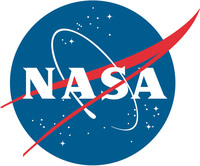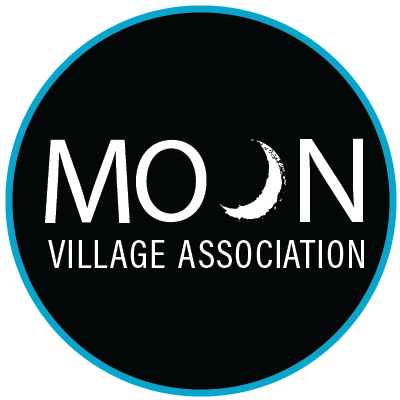
HUNTSVILLE, Ala. (NASA PR) — NASA launched the second phase of its Break the Ice Lunar Challenge to advance technology that is – quite literally – groundbreaking. The challenge invites the public to advance system technology for excavating and delivering lunar resources.
High on NASA’s list of innovation priorities are technologies that use the Moon’s resources to support sustainable surface operations while decreasing supply needs from Earth. This includes systems that could convert lunar ice into rocket fuel, drinkable water, or other vital resources.
“As NASA works to extend human exploration of the solar system, our first stop is a sustained presence on the Moon,” said Jim Reuter, associate administrator for NASA’s Space Technology Mission Directorate at NASA Headquarters in Washington. “New technologies and systems like these are essential for us to set a new paradigm for exploration.”
Phase 1 of the Break the Ice Lunar Challenge launched in 2020, seeking to incentivize innovative approaches for excavating icy regolith – or Moon dirt – and delivering acquired resources in extreme lunar environmental conditions.
NASA has identified several technology gaps related to harvesting and moving large quantities of resources on the Moon, including hardware capable of operating in the extreme cold and permanent to near-permanent darkness. Robotic systems for excavation will need to withstand the harsh environments inside permanently shadowed regions at the lunar South Pole, the targeted landing site for crewed Artemis missions where ice has been observed.
In Phase 2 of the challenge, teams will be asked to design, build, and test an icy regolith excavation system prototype and an icy regolith transportation system prototype to maximize resource delivery while minimizing energy use and the mass of equipment delivered to the lunar surface. Phase 2 contains three levels, will last for 23 months, and offers a total prize purse of $3 million.
In Phase 2 competition level one, teams will develop detailed engineering designs and long-duration demonstration test plans for their prototype systems. Eligible U.S. teams that meet submission requirements for Phase 2 competition level one will be awarded an equal share of the $500,000 prize purse. All teams that meet the submission requirements for Phase 2 competition level one will advance to Phase 2 competition level two.

You must be logged in to post a comment.